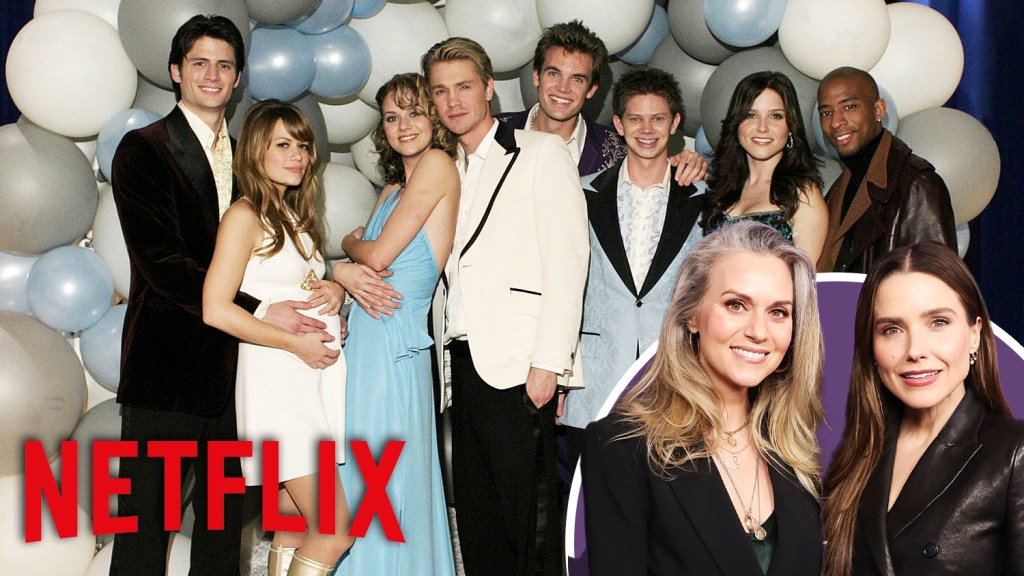AEW's Dwindling Viewership: A Cause for Concern Despite Excuses

AEW's 2024 has been plagued by a concerning trend: record-low viewership for its flagship show, Dynamite. While various explanations have been offered, the persistent decline raises serious questions about the product's overall appeal.
The 21st April broadcast of Dynamite saw a sharp drop in viewers, reaching its lowest figures since 2021, attracting just 683,000 viewers with a 0.23 rating in the 18-49 demographic. This came despite a significant storyline involving Jack Perry and The Elite confronting Tony Khan. The downward trajectory continued, culminating in a record low of 502,000 viewers and a 0.16 rating on 19th June. This particularly dismal performance was blamed on the lead-in, *Black Panther*, which aired in place of *The Big Bang Theory
to commemorate Juneteenth. However, it highlights a worrying trend: AEW is becoming increasingly reliant on strong lead-ins to draw in audiences. This stark contrast to the early days of AEW, when the show averaged almost 900,000 viewers in 2019 and felt like must-watch television, is a cause for concern.
A brief uptick in viewership for the 17th and 24th July broadcasts, both featuring pay-per-view calibre matches and limited mainstream sports competition, offers a glimmer of hope. The 17th July broadcast saw an hour-long first-time-ever match between MJF and Will Ospreay, drawing 795,000 viewers. The 24th July episode, featuring the annual "Blood and Guts" special, attracted 786,000 viewers. These figures, however, seem to suggest that AEW's success hinges on specific circumstances rather than consistent quality.
The recent return of the Olympics has further exacerbated AEW's viewership woes. The past two Wednesdays have seen Dynamite draw 609,000 viewers (0.18 in 18-49) and 633,000 viewers (0.19 in 18-49) respectively, against stiff competition from the Summer Games. Furthermore, *The Big Bang Theory
surpassed Dynamite in the 18-49 demographic for the first time ever, achieving a 0.20 rating. While sports competition is a constant factor for televised wrestling, AEW's persistently low figures cannot be solely attributed to the presence of Taekwondo and Table Tennis.
Dave Meltzer, of the *Wrestling Observer Newsletter*, points to a particularly concerning trend: the 18-34 demographic, representing the future of wrestling, has shown a marked lack of interest. This audience, typically the most likely to buy tickets, only registered 54,000 viewers, an all-time low for Dynamite in its regular time slot. While matches like MJF vs. Kyle Fletcher and Bryan Danielson vs. Jeff Jarrett are generally well-received, they failed to resonate with this crucial demographic.
This decline is further reflected in AEW's disappointing ticket sales for its upcoming Grand Slam event. The 2021 Grand Slam, held in Flushing Meadows, New York, sold over 18,000 tickets. In stark contrast, the 2024 Grand Slam (scheduled for 25th September) has only moved 3,442 tickets. This trend extends to other upcoming shows, with attendance figures for various events ranging from a few hundred to just over 5,000.
While WWE, AEW's main competitor, faces similar challenges from mainstream sports, their recent success suggests a different approach. The 17th June episode of Raw, which went head-to-head with the NBA Finals, featured the highly anticipated debut of the Wyatt Sixes, a horror-themed storyline that had been building for months. This event contributed to a significant viewership boost for Raw, reaching 1.747 million viewers (0.55 in 18-49) and marking its highest viewership since WrestleMania season. In contrast, AEW Dynamite saw an 18% drop in viewership against the NBA Finals, highlighting the perceived difference in engagement and quality between the two promotions.
Despite experiencing a decline in viewership during the Olympics, WWE Raw still finished No. 1 on cable for its broadcasts on 31st July and 5th August. Moreover, SummerSlam 2024 set records for the largest North American attendance (57,791), largest gate revenue, and largest sponsorship revenue. The return of Roman Reigns on SmackDown, which will likely lead to some of its best numbers this year, further highlights WWE's current success.
In the midst of these challenges, AEW President Tony Khan has emphasised the importance of their ongoing media rights negotiations with Warner Bros. Discovery. Khan recently met with WBD President David Zaslav in Paris, and his optimistic tweets suggest positive progress in the negotiations. While a deal has yet to be announced, Khan has expressed his confidence in a new TV deal that could significantly benefit the company.
The pro wrestling industry has historically relied on live event attendance and pay-per-view numbers. However, television and streaming revenue have become increasingly crucial in the modern era. A significant increase in television rights could provide AEW with the financial stability to address its current challenges. However, despite being in the "red zone" of negotiations, a successful outcome is not guaranteed. Ultimately, AEW needs a winning TV deal to ensure its future success.
*This article will be updated with any further responses from AEW.





